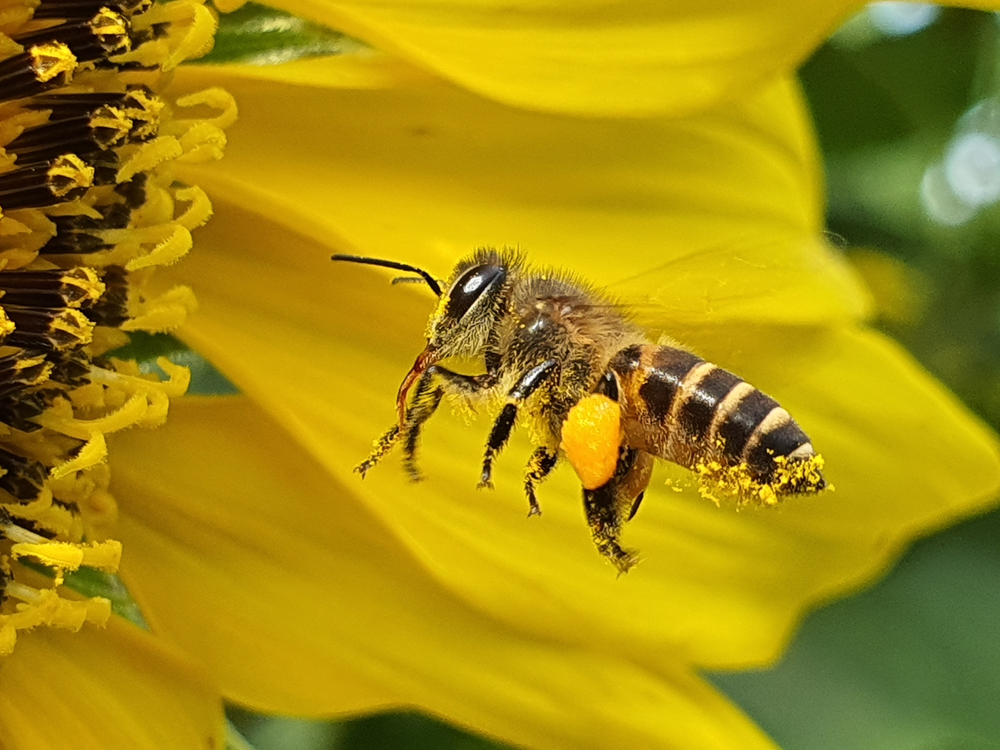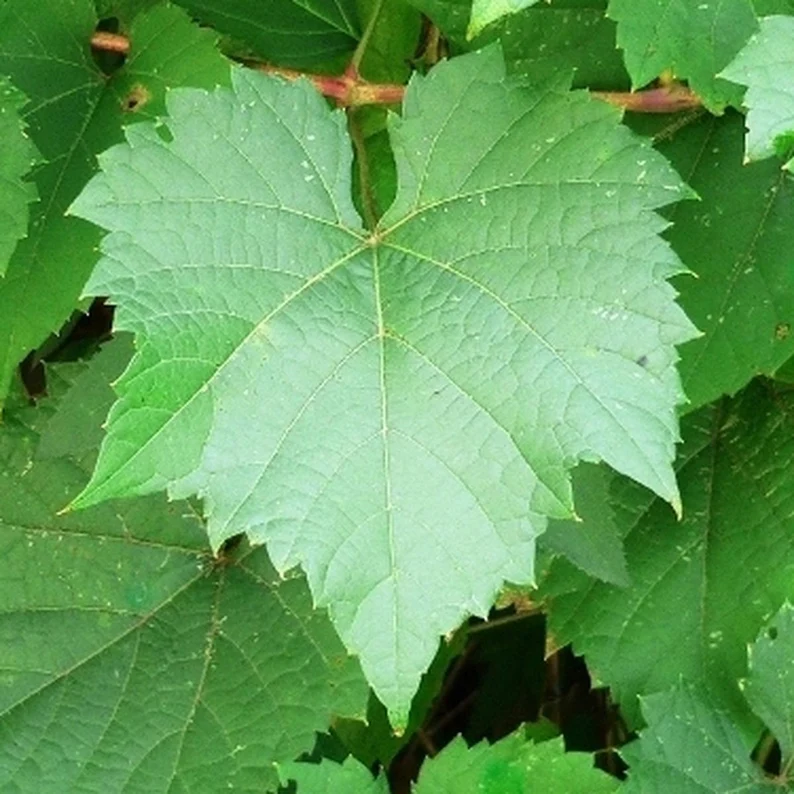Bees and flowering plants have a long-standing and remarkable co-evolutionary history. Flowers and bees evolved traits that enable pollination, which is as important to plants as it is for pollinating insects. Bee–flower interactions rely on senses such as vision, olfaction, humidity sensing, and touch. Recently, another sensory channel has been added to the list, with the detection of a weak electrostatic field that arises between a flower and a bee.
I think that we have all marveled at the bells of pollen attached to a bee’s legs and maybe wondered, how does that happen and become so uniform in its attachment? One theory is that when bees are flying, the friction of the air and the friction of the body parts on one another causes the bee to become positively charged. It’s like shuffling across a carpet in wool socks. Conversely, flowers have a negative charge; the further they grow from the ground, the more negatively charged they become. When a positively charged bee lands on a flower, the negatively charged pollen grains naturally stick to the hairs on their bodies.
Another postulate is that maybe it’s not the rub of friction causing the positive charge but instead, the bee picks up positively charged ion particles, what we know as cations, from the air. We do know, however, that bees are very small and therefore, they experience weak electrical fields more intensely.
Flowers are electrically connected to the earth and pick up a negative charge through electrostatic induction. We know that bees are efficient in their pollen collection process. What keeps a bee from going flower to flower to search for pollen that has already been retrieved from another bee? When a flower is visited by the positively charged bee, it briefly offsets the negative charge on the flower letting the later bees know to keep searching for pollen.
It has been shown that agrichemicals such as synthetic fertilizers and the insecticide imidacloprid alter the floral electrical fields, impacting bees’ ability to forage efficiently. The bioelectrical potential of the chemically treated flowers was impacted for longer than the changes observed by natural phenomena like the wind or a bee landing on the flower.
In agriculture, understanding and enhancing these natural electrostatic relationships could lead to more efficient and innovative pollination strategies, potentially increasing crop yields without the need for additional chemical inputs. Millions of years of natural evolution have much still to reveal.
Bees have joined sharks, rays, electric fish, geckos, and a few mammals (i.e. platypus) that can generate and detect electricity. How these insects do it and how to improve it is going to keep scientists as busy as bees.





